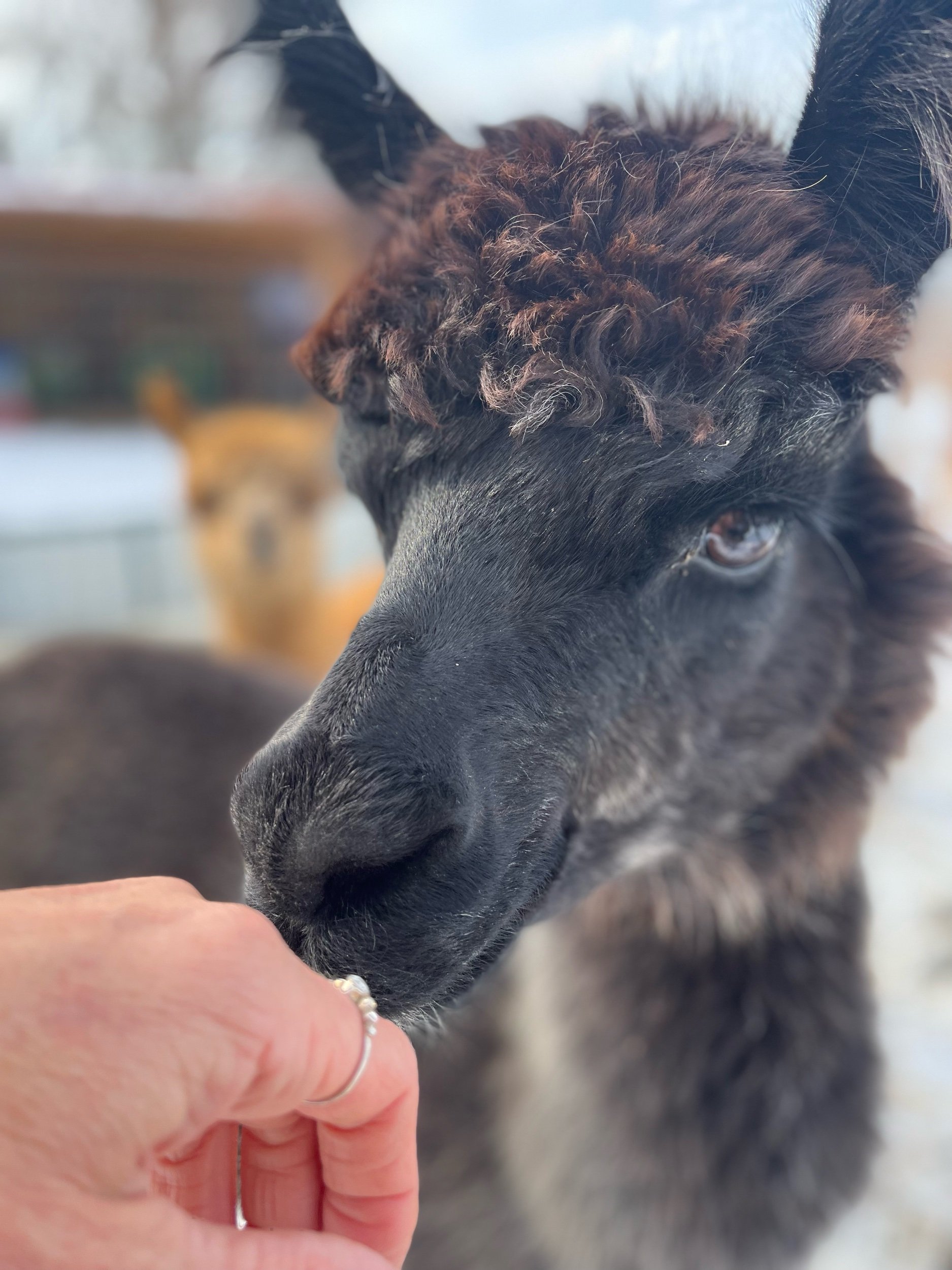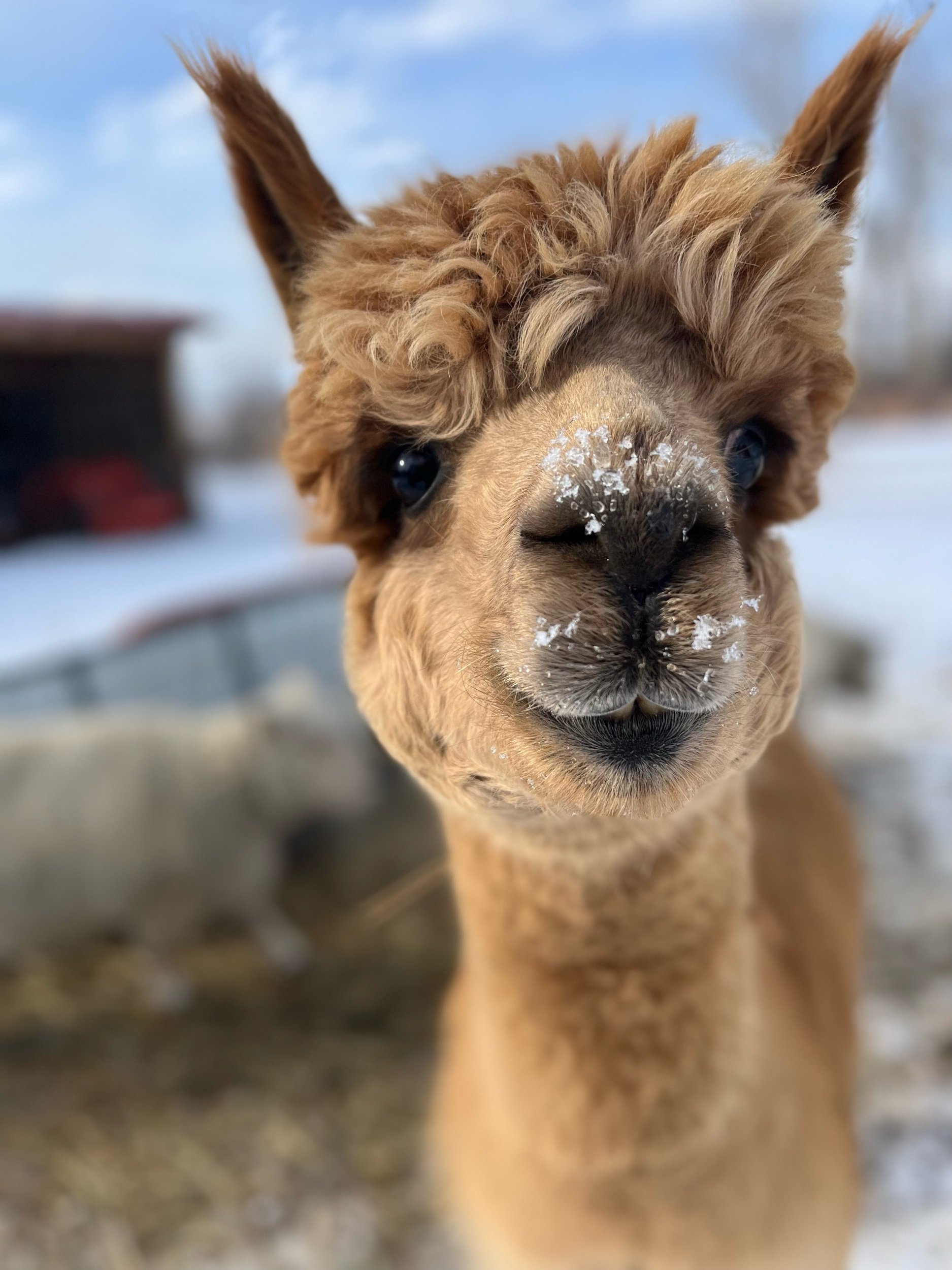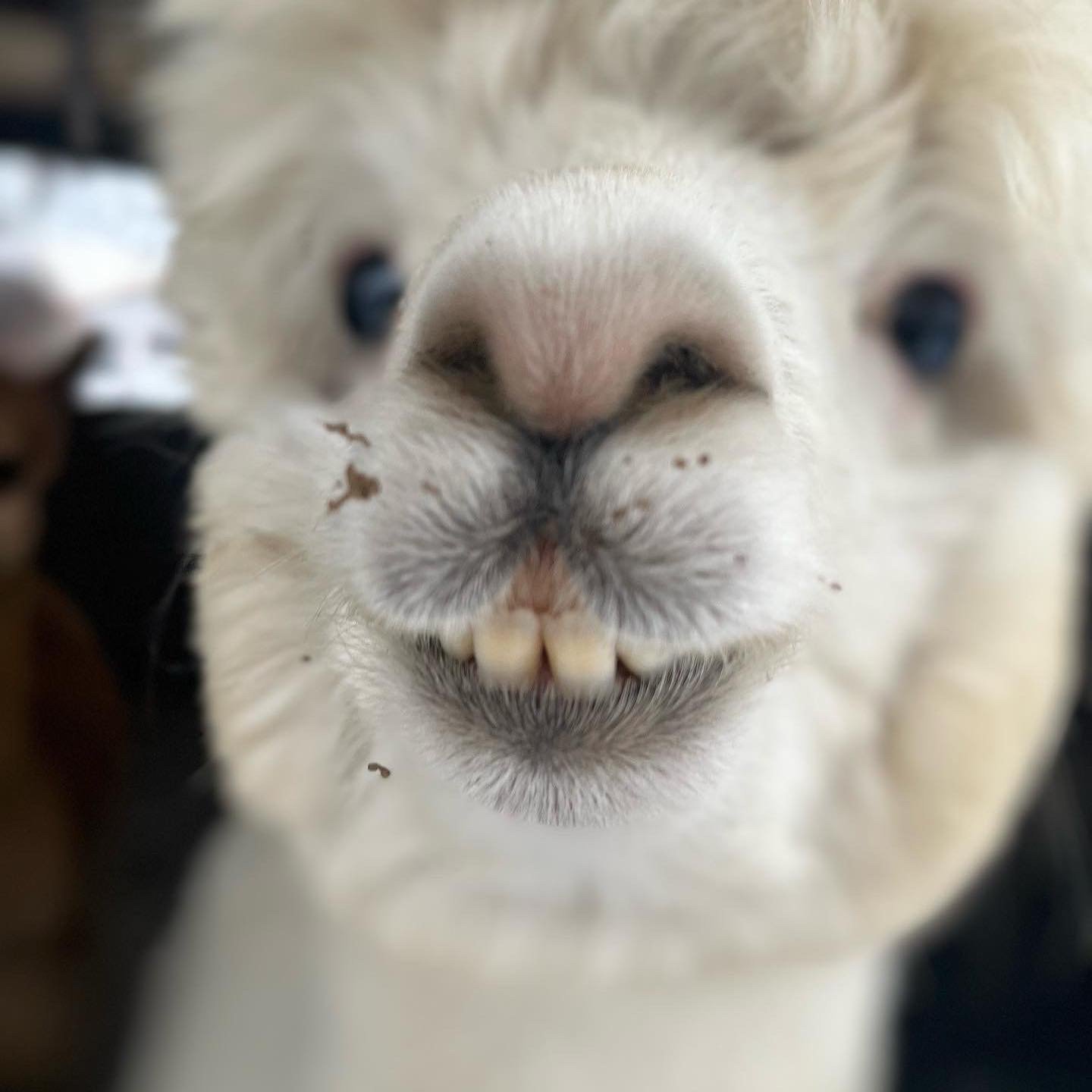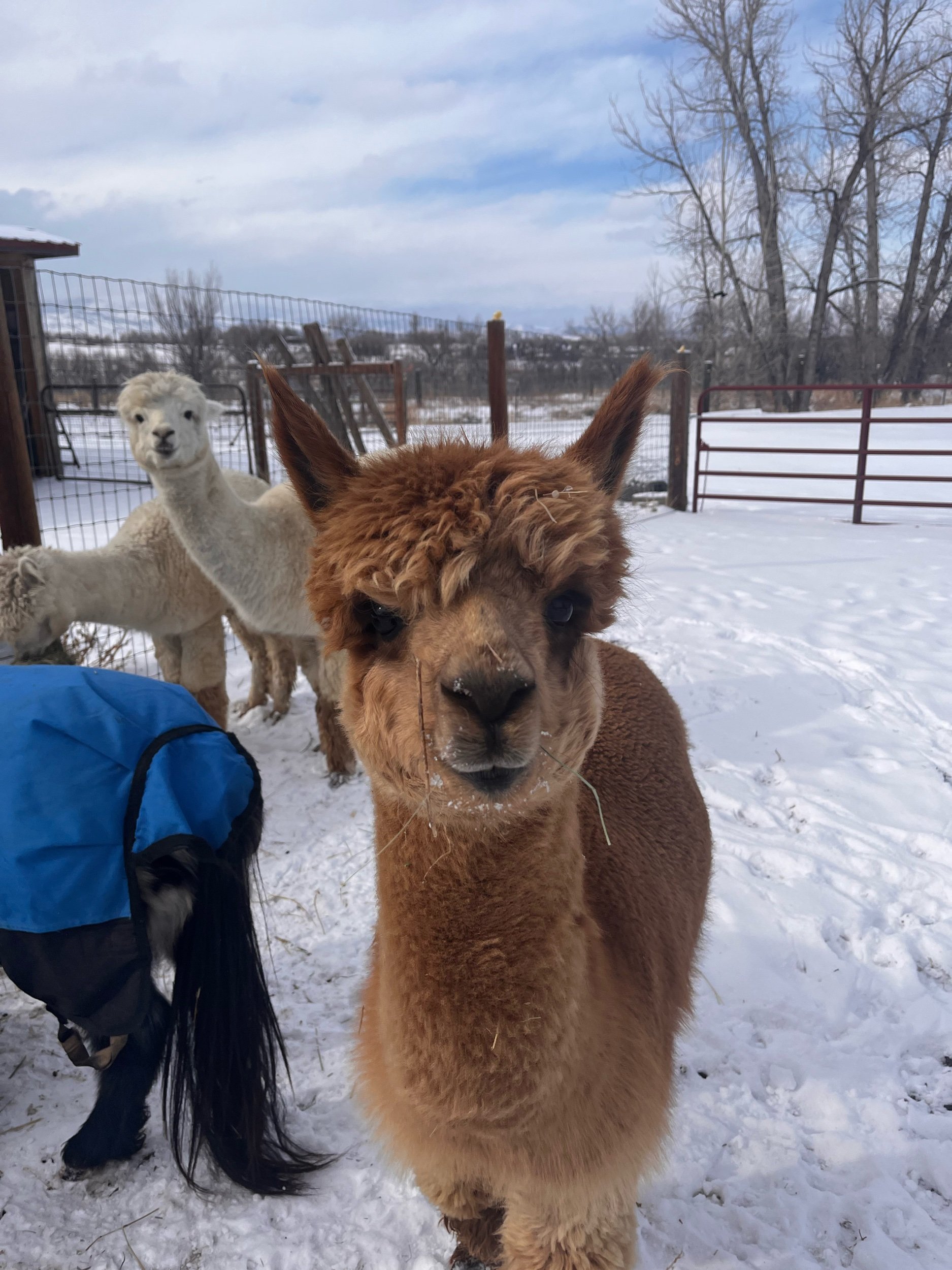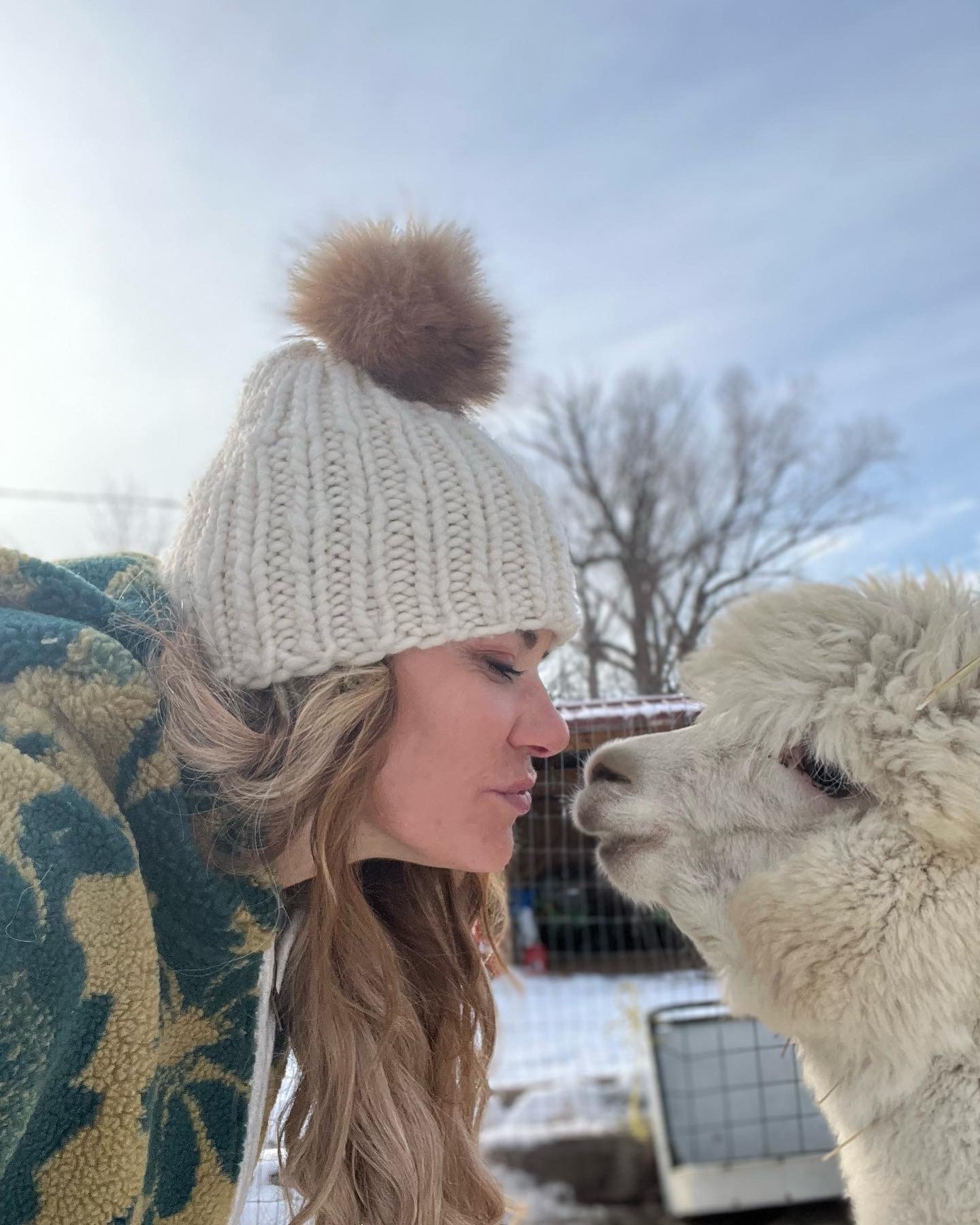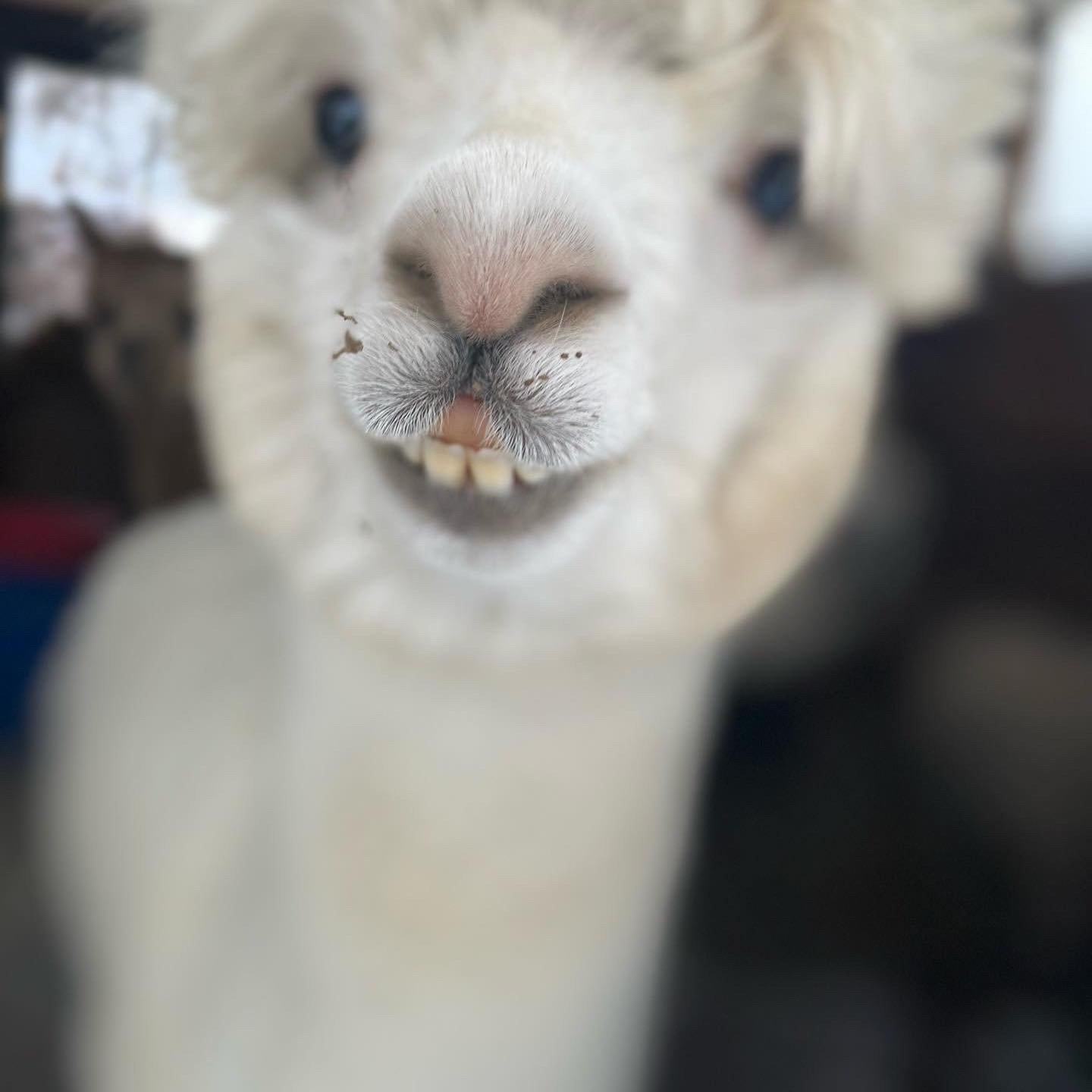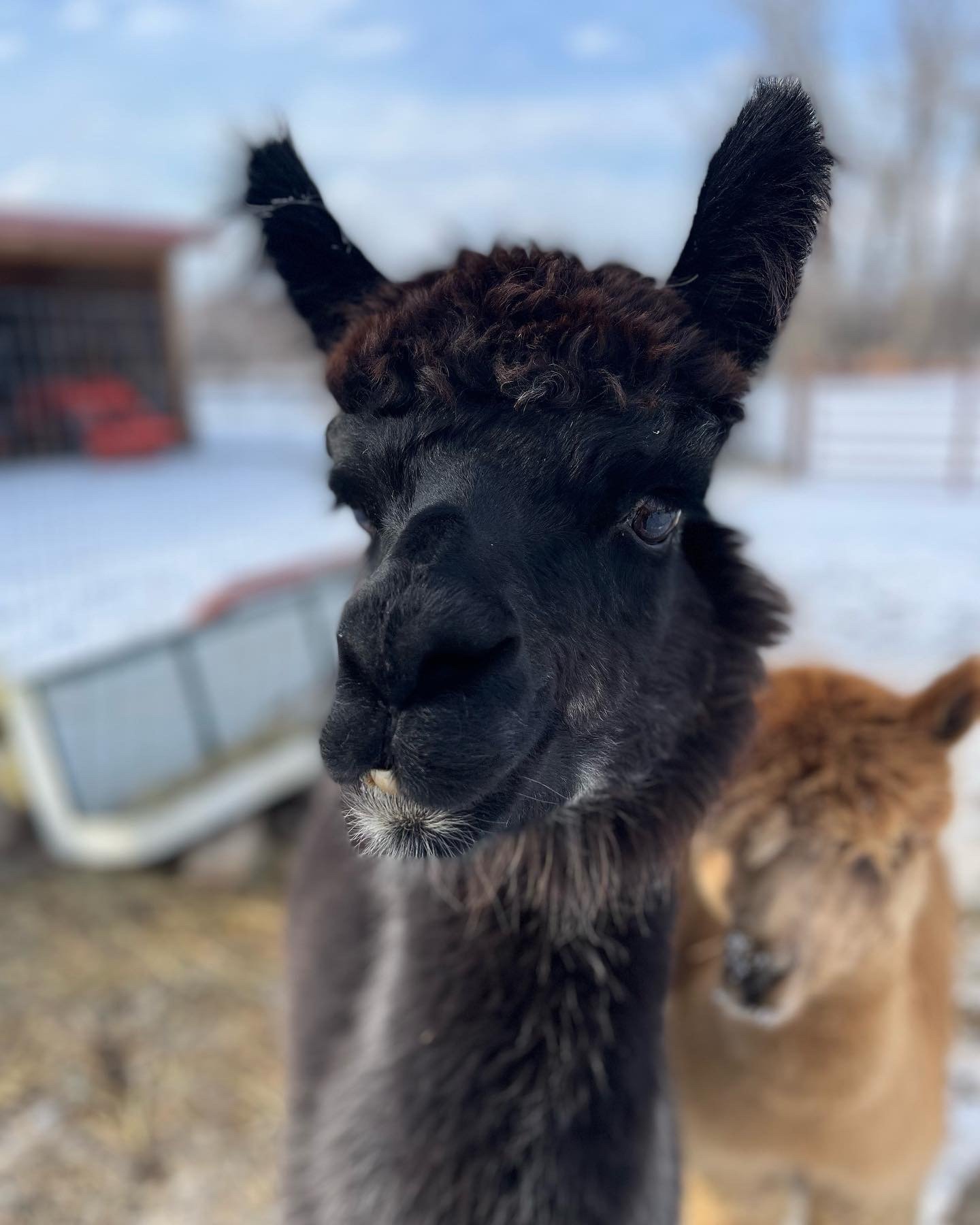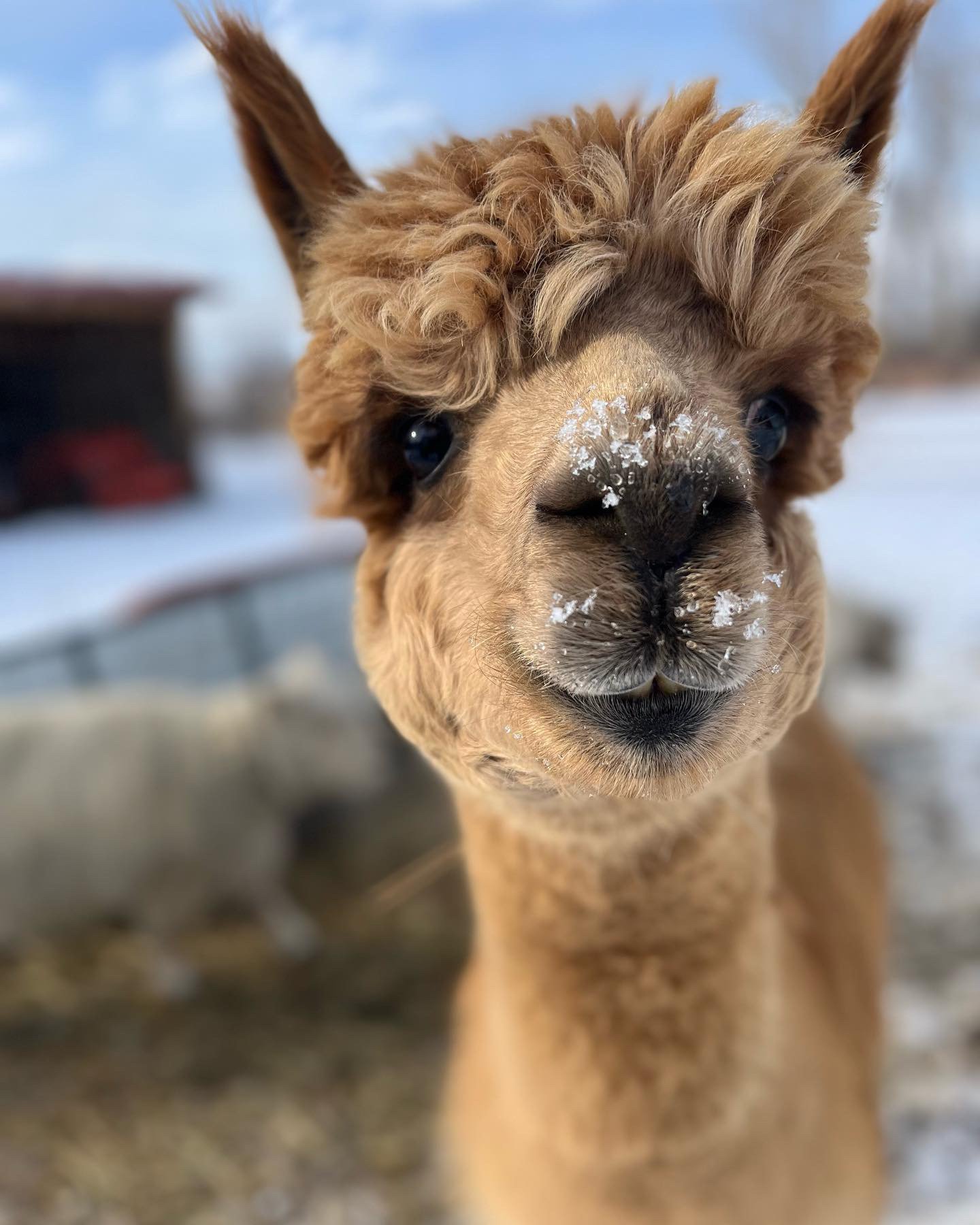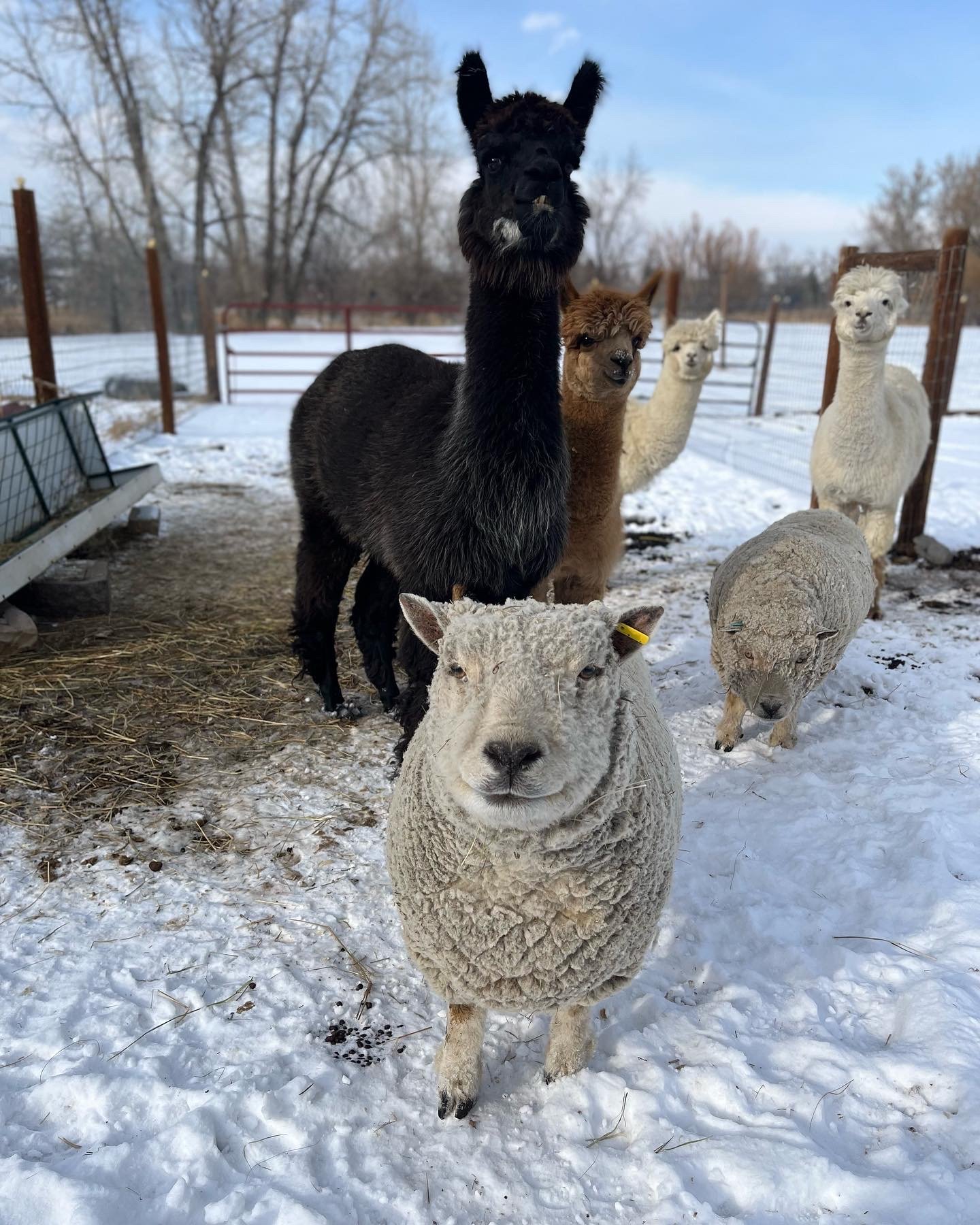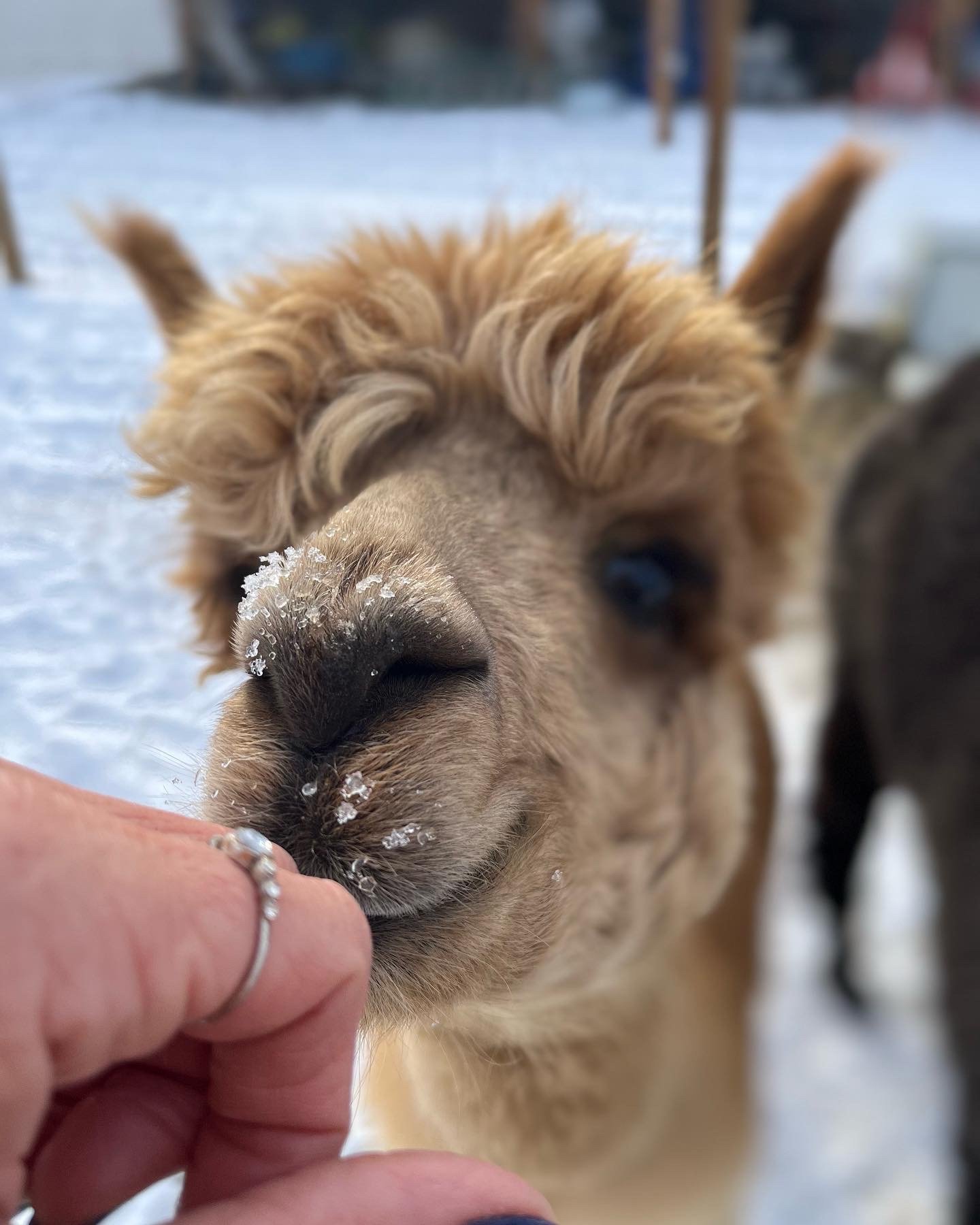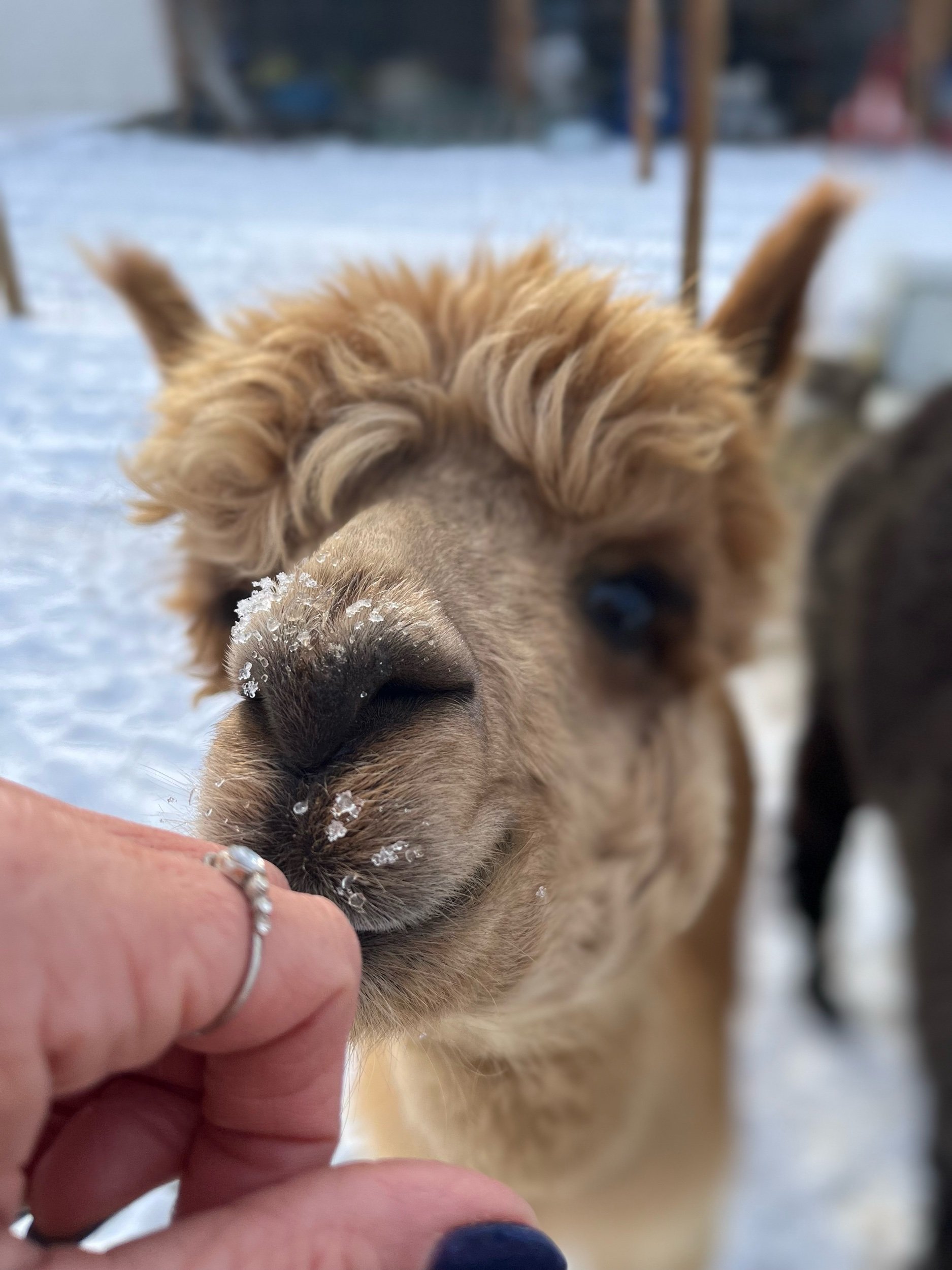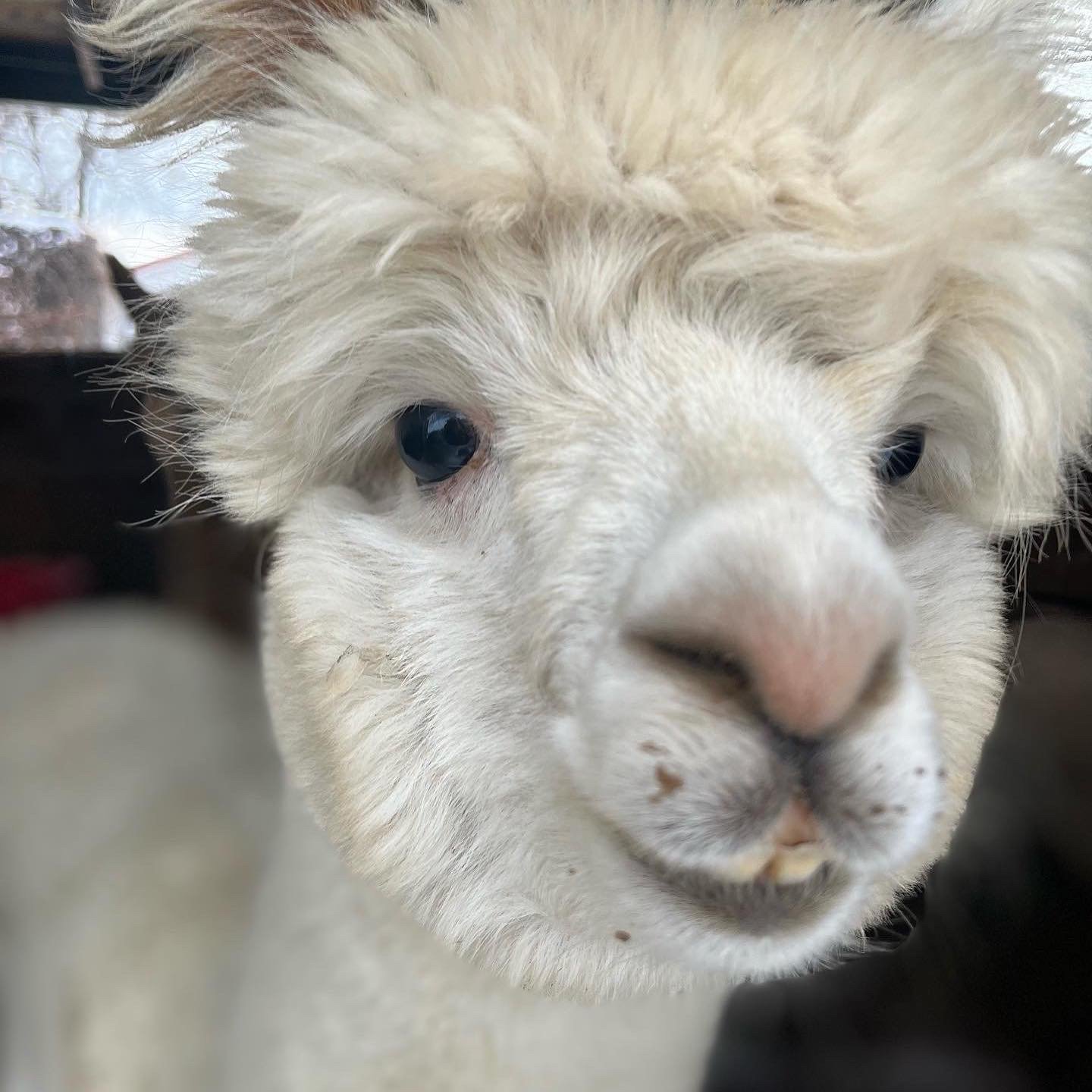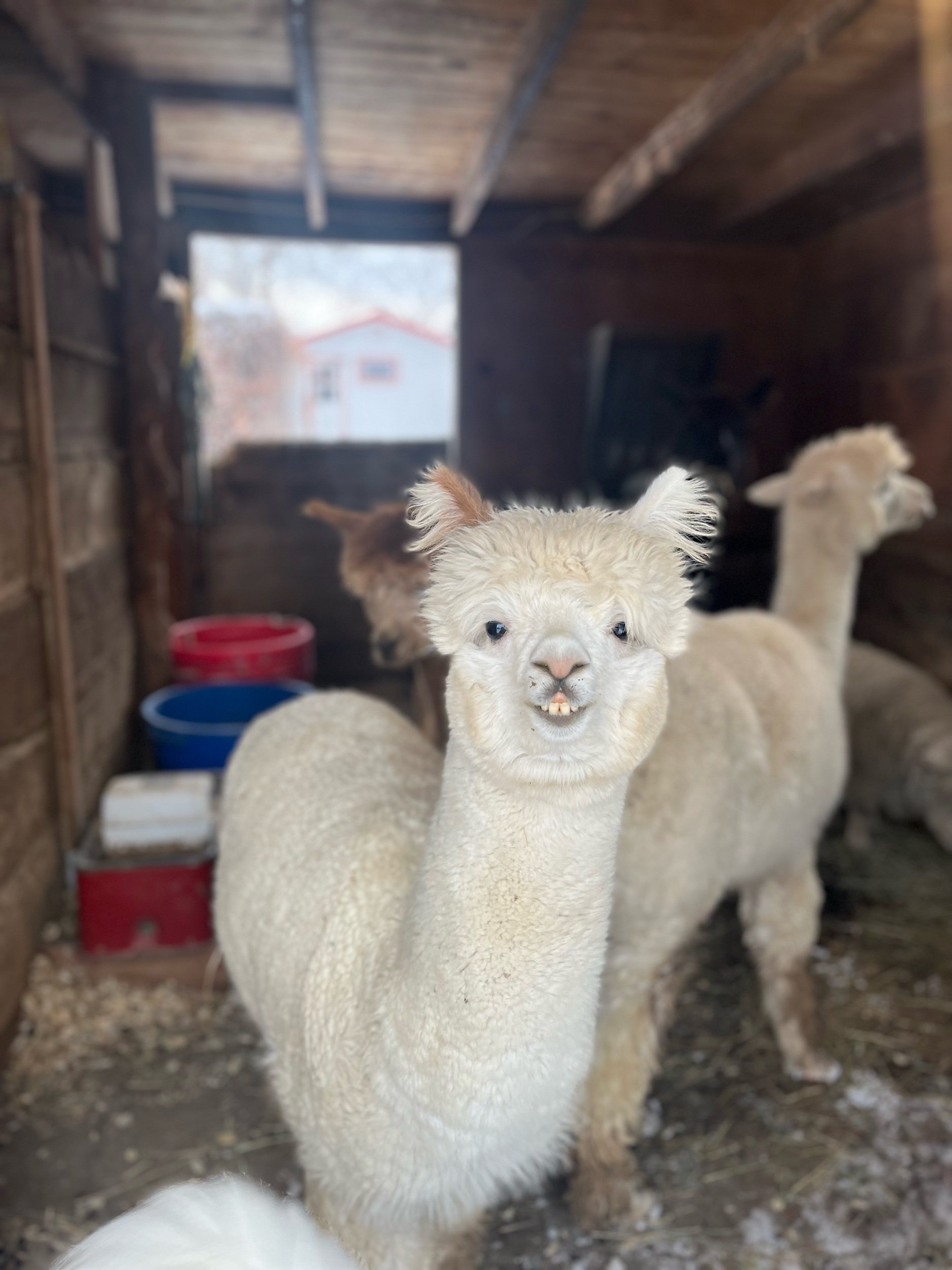Amazing AlPacas
I’m dreaming of a beach somewhere , but my alpaca herd is LOVING the continued bitter cold! I often find them laying outside in sub zero temps in the midst of a blizzard . Their amazing fiber keeps them toasty all winter until they are sheared in late spring and then we use the fiber to make yarn, roving, hats , gloves , mittens and socks. For the same reason the fiber keeps them warm, I love to wear my alpaca socks, hats and mittens all winter to keep me warm , too! Here are some of the common questions I get about alpacas and fiber!
Is alpaca fiber softer than sheep Wool?
Sometimes, though the softness truly depends on the micron measurement.
Many farms produce extremely soft fleece through the promotion of quality breeding programs. These breeding programs focus specifically on creating 16-18 micron fleece – this micron range is classified as Royal Alpaca and is quite luxurious to touch. The other feature that sets alpaca fleece apart from wool is the alpaca’s lack of scales, which causes the strains to feel smoother.
A micron is a measurement of length equivalent to one millionth of a meter. This unit of measurement is used to measure the width of a single alpaca fiber ( or wool )to determine its softness and fineness.
For reference, llama hair measures between 55-65 microns and human hair is at least 100 microns. That’s five times thicker than an alpaca fiber!
Is alpaca fiber warm? Warmer than sheep wool?
Yes, alpaca tends to be warmer than sheep’s wool. Alpaca fibers are completely hollow, whereas sheep’s wool only contains pockets of air. Much like polar bear fur, both fibers allow air to permeate the surface and become trapped inside for a warm wearing experience. Alpacas have an advantage over wool though because of the extra hollow space in the fiber. This additional space creates a greater thermal capacity and allows for more warm air to fill the textile and provide extra warmth over its sheep’s wool counterpart.
Is alpaca hypoallergenic?
Yes, alpaca is considered hypoallergenic because it lacks lanolin. Lanolin is traditionally found in sheep’s wool and irritates many wearers upon contact.
Is alpaca 100% waterproof?
No. Though alpaca does offer fantastic wicking properties, it is not 100% waterproof.
Alpaca fibers are hollow so it traps more heat and naturally pushes the water away, never allowing wet fabric to sit on the skin. The water essentially evaporates as a result of the structure and warmth of the alpaca fiber. So, while alpaca is not waterproof, it is considered water-repellent. This must be why I find my herd sleeping out in the middlE of a blizzard totally content!
In comparison, wool will absorb up to 50% of its body weight in moisture, but there is a saturation point for this textile. Unfortunately, saturated wool can cause sweat to sit next to the skin. This can cause discomfort, odor and an increased likelihood of blisters.
Is there really a difference between alpaca fleece and merino wool?
Definitely. As you can see, alpaca fleece offers equivalent softness, more warmth and higher wicking properties than merino wool, and is also hypoallergenic and eco-friendly.
Often , I will mix my alpaca fiber with about 10% nylon or wool
For a bit more durability!
So not only are they adorable and sweet, but their amazing fiber can be used to felt, make yarn for hats, gloves , mittens and sweaters and soooo much more ! Just another reason I love my alpacas!

